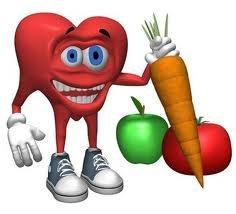
Launching
Paddling on the Concord River
On a beautiful and warm September day, a large group of energetic au pairs rowed on the Concord River to the historic North Bridge. Most boats showed excellent technique, with only a few going around in circles and hitting the first stone bridge on the way before getting under it successfully. One of our au pairs biked over 8 miles to get to the meeting and then biked from the boathouse up to the North Bridge for the meeting. Everyone arrived safely and tying up at the dock, the boaters were admired by the tourists from around the world who were watching from the North Bridge.
After enjoying an energy snack of brownies and lemonade in a beautiful and peaceful field, we remembered 9-11 and its significance in our lives regardless of where we are from. Although many au pairs did not remember the specifics of the day, others had vivid memories of hearing the news.
Soon it was time to get back into the boats and fight a very strong current to get back to the boathouse. It was not easy and there were some panicky moments as one or two of the boats were pulled backwards, actually hitting the stately North Bridge or gliding uncontrollably into the woods on the riverside! Finally, all boats rounded the oxbow in the river with only one signaling distress. Eventually, Kevin of the Boat House took the rescue boat out to rescue these paddlers. It was quite exciting and as these tired au pairs motored back to the boathouse with their canoe in tow, it was clear that they had enjoyed the whole adventure! They joined the other au pairs who had already returned to the boathouse to share a few more minutes together before getting ready to start the week of a busy au pair.

